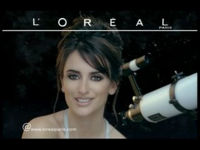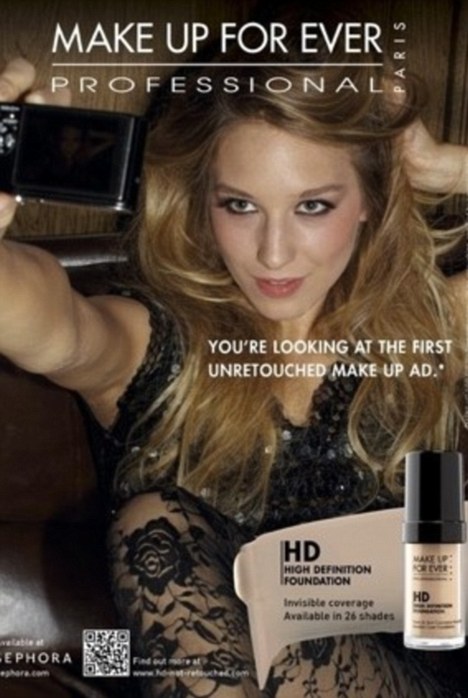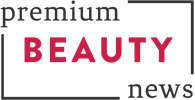
A new advertising guidance published yesterday addresses the cosmetics sector with the aim to help the industry to advertise their products without misleading consumers. The so-called new Help Note on ’The use of production techniques in cosmetics advertising’ was issued by the Committee of Advertising Practice (CAP) and the Broadcast Committee of Advertising Practice (BCAP), the bodies that regulate advertising practices in the United Kingdom. They also sought expertise from the Cosmetics, Toiletries and Perfumery Association (CTPA), the trade association representing the cosmetics industry.
Pre and post production techniques
CAP and BCAP acted following a request from the Advertising Standards Authority (ASA) Council for greater clarification on the use of pre and post production techniques in cosmetic ads.
Indeed, in recent years, the ASA has received several complaints about the use of eyelash inserts, hair extensions and styling, as well as photographic retouching in advertisements for cosmetic products, on the grounds that they can misleadingly exaggerate the effect a product is capable of achieving.
L’Oreal, for instance, came under fire in 2007 after an advertising over its “Telescopic Mascara” TV ads starring actress Penelope Cruz was deemed misleading. Actually, Cruz was found to be wearing individual false eyelashes.
Misleading or not misleading?

In order to address these issues, the Help Note gives examples of production techniques that, depending on their use, are likely to mislead and those that are not.
For instance, are considered as likely to mislead:
– ‘Before-and-after’ images where only the ‘after’ image had used pre-production techniques
– The use of lash inserts that are longer or thicker than the model’s natural lashes or that do more than replace damaged or missing lashes
– Re-touching, for example, removing or reducing the appearance of lines and wrinkles around the eyes for an eye cream advertisement or increasing the length or thickness of eyelashes in an advertisement for mascara
– The excessive use of hair extensions or inserts that significantly adds to hair volume in hair care advertisements
Are considered as unlikely to mislead:
– The use of styling and make-up generally
– The use of lash inserts for non-eye area cosmetics
– The use of hair extensions and inserts for non-hair care cosmetics
– Minor adjustments to correct for lighting problems and other photographic issues
– Removal of skin blemishes provided this does not affect the impression given of the effectiveness of the product
The Help Note also makes clear that while disclaimers or qualifiers can be used to clarify claims, if an advertisement is inherently misleading, it remains so regardless of any superimposed text.
"This guidance provides a clear set of principles that will be of real benefit to the cosmetics sector, helping them promote their products in a positive light without misleading the consumer," said Shahriar Coupal, CAP Secretary.
Earlier this month, French cosmetics brand Make Up For Ever debuted world’s first unretouched make-up ad.
The detailed document is available here below:




























